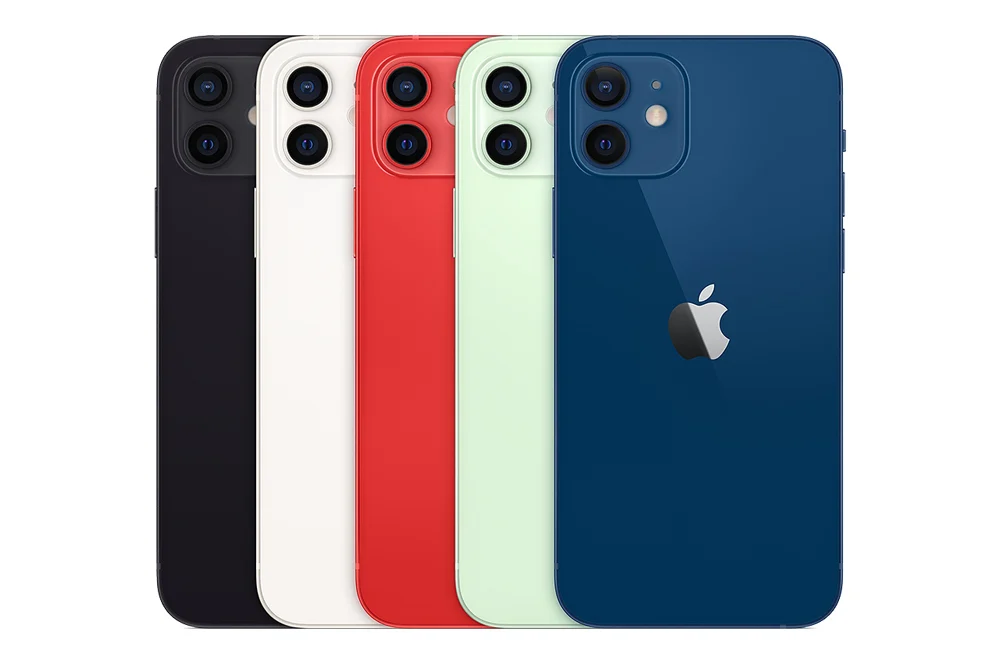Finding the perfect smartphone can be overwhelming. With a constant stream of new releases and a dizzying array of features, it’s easy to get lost. This guide is your compass, designed to help you navigate the smartphone landscape and discover the device that best suits your needs and budget, whether you’re a first-time buyer, looking to upgrade, or have specific requirements.
Introduction
Before we delve into the specifics, let’s highlight the key factors to consider when choosing your ideal smartphone:
- Budget: How much are you willing to spend?
- Operating System: Do you prefer the flexibility of Android or the simplicity of iOS?
- Screen Size and Quality: How important is screen real estate and image quality to you?
- Camera Quality: Are you a budding photographer who needs a top-notch camera?
- Battery Life: How long do you need your phone to last on a single charge?
- Performance: Do you need a fast and powerful phone for work, gaming, or demanding apps?
- Design and Durability: How important is the phone’s look and feel, and do you need it to be water-resistant?
Types of Smartphones
Smartphones cater to a variety of needs. Here are some common categories:
- Best Overall: Flagship phones offering the best all-round experience (e.g., Samsung Galaxy S7, iPhone 6s).
- Best Budget: Affordable phones that don’t compromise on essential features (e.g., Moto G4 Plus, Oppo F1).
- Best Camera: Phones with exceptional cameras for capturing stunning photos and videos (e.g., Samsung Galaxy S7 Edge, LG G5).
- Best for Battery Life: Phones with long-lasting batteries for extended use (e.g., Sony Xperia XA Ultra, Lenovo Vibe P1).
Key Features and Specifications
Let’s break down the essential specs you’ll encounter:
- Operating System (OS):
- Android: Offers customisation, a wide variety of phones, and generally more affordable options.
- iOS: Known for its user-friendly interface, smooth performance, and a strong app ecosystem.
- Display:
- Screen Size: Measured diagonally in inches (e.g., 5.1 inches, 5.5 inches).
- Resolution: Higher resolution (e.g., Full HD) means a sharper image.
- Panel Types: AMOLED displays offer vibrant colours and deep blacks, while LCDs are more common and often more affordable.
- Processor: The “brain” of your phone, determining its speed and performance. Look for phones with powerful processors from Qualcomm (Snapdragon), Apple, or Samsung (Exynos).
- RAM: Random Access Memory, which affects how smoothly your phone runs apps and multitasks. More RAM (e.g., 3GB, 4GB) is better.
- Storage: Internal storage (e.g., 32GB, 64GB) determines how much data you can store. Some phones offer expandable storage via microSD cards.
- Camera:
- Megapixels: Higher megapixels generally mean more detail, but lens quality and image processing also matter.
- Aperture: A lower aperture number (e.g., f/1.7) lets in more light for better low-light photos.
- Optical Image Stabilisation (OIS): Helps reduce blur in photos and videos.
- Camera Features: Look for features like HDR (High Dynamic Range) for better image quality and panorama mode for wide shots.
- Battery:
- Battery Capacity: Measured in milliampere-hours (mAh). A higher number means a potentially longer battery life.
- Quick Charging: Some phones offer fast charging capabilities, allowing you to top up your battery quickly.
- Design and Durability:
- Size and Weight: Consider how comfortable the phone feels in your hand.
- Build Materials: Metal and glass designs generally feel more premium.
- Water Resistance: More phones are starting to offer water resistance in 2016.
- Other Features:
- 4G LTE Connectivity: For fast mobile internet speeds.
- Wi-Fi: Ensure the phone supports the latest Wi-Fi standards for faster internet at home or on public Wi-Fi.
- NFC (Near Field Communication): Allows for contactless payments and data transfer.
- Fingerprint Sensor: A convenient and secure way to unlock your phone.
Budget Considerations
- Budget (under $300): You can find basic smartphones with decent functionality.
- Mid-Range ($300 – $800): Offers a good balance of features and performance.
- Flagship (over $800): Premium phones with the latest technology and best performance.
Brand Recommendations
- Apple: Known for its iPhones, offering a smooth user experience and a strong app ecosystem.
- Samsung: A popular choice with a wide range of Android phones at various price points.
- HTC: Offers well-designed phones with good build quality.
- Sony: Known for its camera technology and water-resistant phones.
- LG: Offers innovative features and unique designs.
- Huawei: Provides good value for money with a focus on camera technology.
- Oppo: Emerging brand with stylish designs and innovative camera features.
Tips for Choosing
- Prioritise your needs: Decide which features are most important to you.
- Read reviews: Check out reviews from reputable sources.
- Compare specs: Compare the specs of different phones side-by-side.
- Visit a store: Try out phones in person to get a feel for them.
Conclusion
Finding the perfect smartphone is a journey, but with the right information and a bit of research, you can confidently choose a device that meets your needs and enhances your mobile experience.


